Murray-Darling Plan on track for now, but not everyone is convinced
THE Murray-Darling Plan appears to be on track to deliver the full environmental flow that SA needs for a healthy river and lake system. But not everyone is convinced.
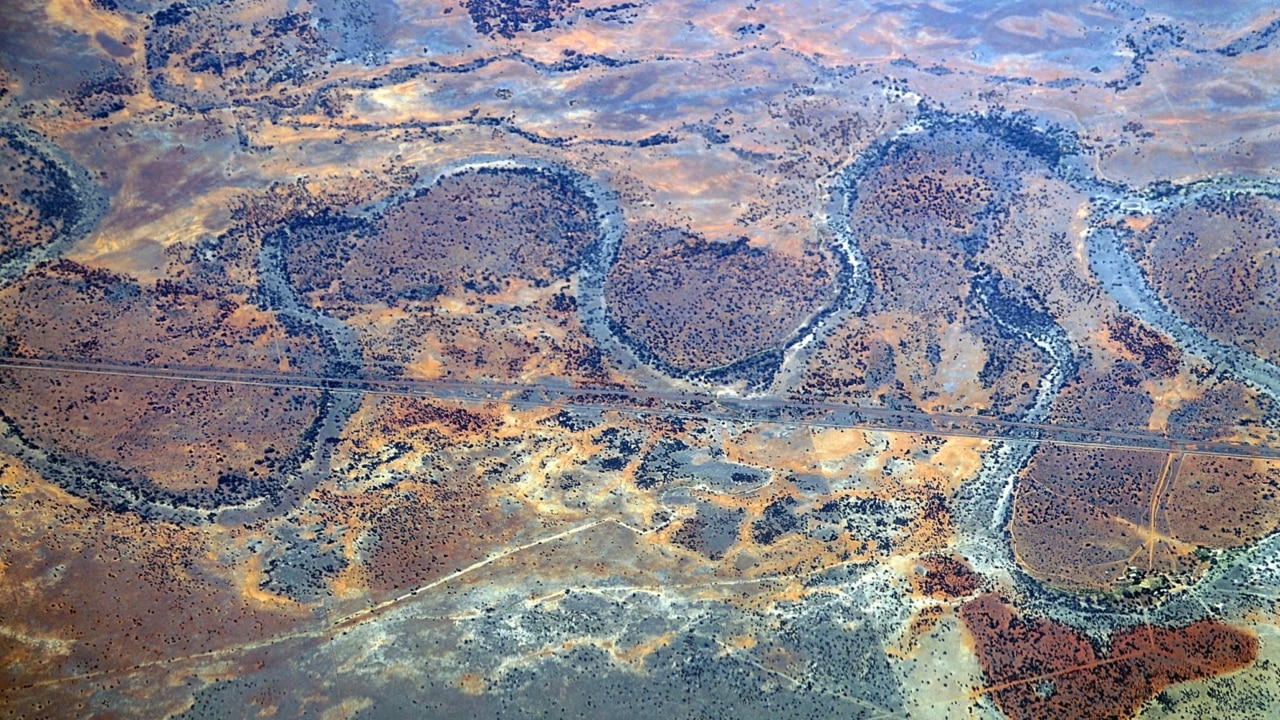
SA News
Don't miss out on the headlines from SA News. Followed categories will be added to My News.
- Deal to save Murray-Darling Basin Plan signed
- Proof plan is working is in the river, authority claims
AFTER weeks of argy-bargy over the Murray-Darling Basin Plan – and warnings that the whole $13 billion plan could fail – suddenly everything’s back on track, the Federal Government says. What happened?
Here are the numbers you need to know.
A gigalitre (GL) is one thousand million litres.
Scientists have said we need to keep thousands more gigalitres in the river system each year to keep it healthy. There is disagreement about exactly how many.
The Plan promises to deliver an extra 2750GL a year from next year, and is already delivering more than 2000GL a year. Then from 2024 there’ll be another 450GL, taking the total per year to 3200GL to flush out salt, and hopefully keep the Murray Mouth, the Coorong and the Lower Lakes in good health.

Of the 2750GL, the Government was fiddling with two buckets of water – one worth 70GL and one worth 605GL. Based on advice from the Murray-Darling Basin Authority, the Government made adjustments to the Plan so that farmers in the Northern Basin won’t have to return 70GL to the river, while in the Southern Basin they’ll have to find other ways to deliver the equivalent of the 605GL.
The Greens tried to overthrow those changes, saying if it wasn’t “real” water, it would never materialise. The Centre Alliance also had serious concerns about how to measure and monitor how the environmental outcomes would be achieved with proposed “alternative measures”.
But last week Labor jumped on board with the Government, so those changes stand. Labor’s conditions included increased compliance and transparency and – critically for South Australia – a guarantee the whole 3200GL would be delivered.
That means the Plan will continue – but it doesn’t mean everyone’s happy. So what do people think?
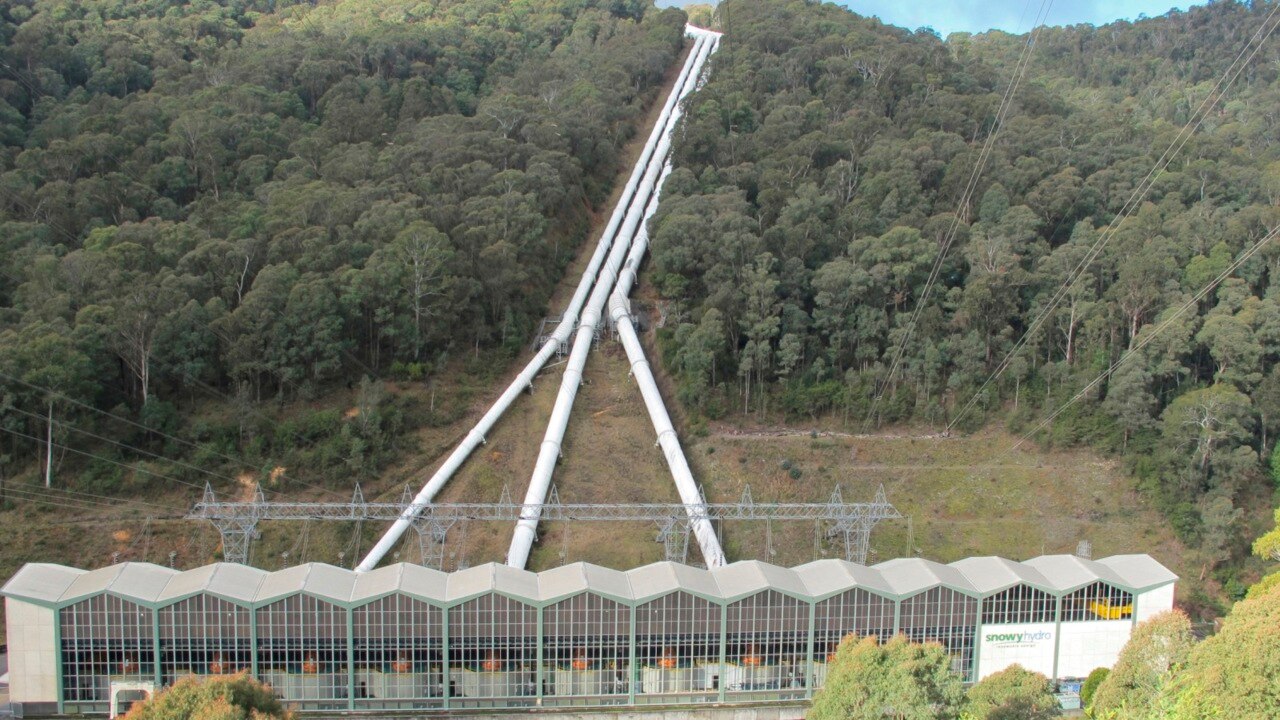
LOCALS
Coorong District Council Mayor Neville Jaensch said the outcome was a “compromise”, but that “some Plan is better than no Plan”.
“We want the full quid ... we want the Plan delivered on time and in full,” he said.
“The big fear for us is if the whole thing was to fall over, particularly at our end of the Basin, we’d be among the people paying the heaviest cost.
“I have concerns that there will potentially be less water, but the fact the Plan is still alive and operational is still important.”
CONSERVATIONISTS
A range of conservationists and academics raised concerns about the Plan going ahead with the amendments – mostly because of a lack of trust after reports of rorts and water theft, and because of doubts over whether the environmental outcomes would ever be delivered.
The Australian Conservation Foundation said the cuts were “premature and reckless”.
“(They put) at risk the health of flood plains, wetlands and wildlife that call the Basin home,” ACF director of campaigns Dr Paul Sinclair said.
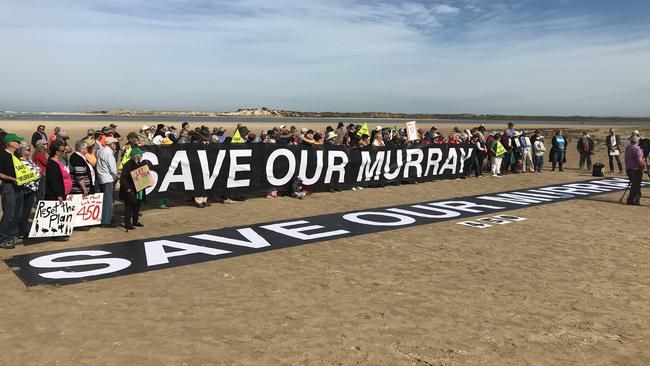
FARMERS
You can’t really lump all farmers in together. While the farming groups were pretty happy about the deal, some individuals are still concerned.
Cotton Australia rejoiced in the news.
“With the full implementation of the Plan back on track, it is important that everyone now focuses on optimising environmental outcomes, while minimising the social and economic impacts of the Plan,” general manager Michael Murray said.
GREENS
South Australian Greens Senator Sarah Hanson-Young was the one who moved the disallowance motion to overturn the changes, so she was never going to be happy. She accused Labor of teaming up with the Government to sell the Murray down the river.
“This is worse than a shocking deal from the Labor Party and the Turnbull Government. It’s a heartbreaking one,” she said. “They have teamed up to put the entire health of the Murray Darling Basin at risk. The Coorong and SA’s Lower Lakes are dying. Our river system needs more water, not less.”
CENTRE ALLIANCE
Senator Rex Patrick – a man with a forensic eye for detail – was not satisfied with the Government’s promises that the Plan’s outcomes would be delivered. He said there was a lack of detail in the 36 projects that were “alternative measures” to the 605GL.
“Centre Alliance is not willing to vote for such a crucial amendment to the Plan while a lack of transparency remains,” he said.
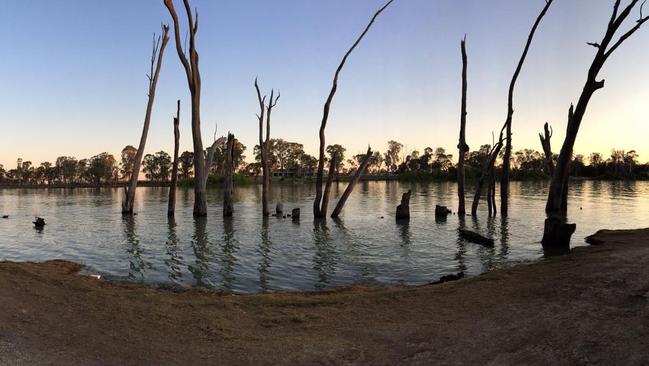
INDIGENOUS
The Murray Lower Darling Rivers Indigenous Nations were part of the deal with Labor. Through “cultural flows”, they’ll get $40 million for “cultural and economic water entitlements”. But they’re not happy with the 605GL change, saying it will undermine some of the Plan’s outcomes.
“This agreement represents a further step away from a meaningful water recovery target, which the science shows is essential to restore our greatest river system to health,” acting chair Grant Rigney said.
FEDERAL GOVERNMENT
Federal Water Minister David Littleproud’s approach is in stark contrast to his predecessor’s. Former minister Barnaby Joyce seemed to be on the side of the upstream irrigators, happy for as much water as possible to come out of the system. But Mr Littleproud has taken a more consultative approach – proven by his ability to get Labor on board.
He said he hoped the result would bring people relief “after six years of these water wars”.
“I thank Labor’s Tony Burke for negotiating with me in good faith. Lasting results in politics are rarely achieved by going to war,” he said.
FEDERAL OPPOSITION
Opposition water spokesman Tony Burke said there would still be risks to the Plan in the future – but Labor changed its stance to ensure that at least there was a Plan in place. He said the projects at the heart of the disallowance vote needed to be “constantly monitored”.
“While we will all remain vigilant, I am confident that the agreements will be honoured,” he said. As a final safety net, he said if the projects don’t work to save the river, the water would be bought back.
THE AUTHORITY
The Murray-Darling Basin Authority – whose job is to implement the Plan – says it is now closer to “in-full, on-time implementation of the Basin Plan”. Chief executive Phillip Glyde said the Plan was working, “generating positive environmental outcomes and driv-ing improvements in irrigation efficiency and productivity”.
WHAT NEXT?
Everything may be going swimmingly in the world of water – for now. But the state’s royal commissioner Bret Walker said all or parts of the Plan could be unlawful. That leaves open the possibility of a legal challenge.
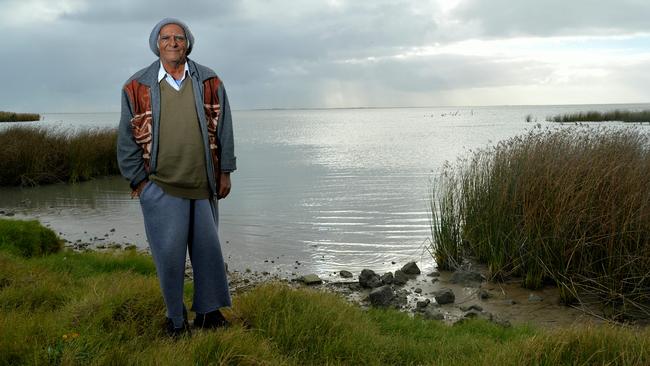
There’s still a bit more to do yet
NGARRINDJERI elder Bluey Roberts contemplates the falling level of Lake Albert at Meningie and is reminded that “there’s a bit more to do yet”.
It’s not that there’s a water crisis now, certainly nothing like there was during the Millennium Drought, when
one could walk hundreds of metres on he dried lake bed, but Mr Roberts, 69, is among Lower Lakes people not yet convinced that the Murray-Darling Plan, rescued or not, will be in itself the solution to the river system’s long-term management problems.
He believes that they remain simple – too much water is being taken out for unsustainable agriculture.
“It’s not the place to be growing rice and cotton. There’s only just enough water for the people on the river down here,” he told The Advertiser at Meningie.
“We’ve got to start looking down the track for the children and the grandchildren. They’re going to find it even harder.
“It’s good that they’re starting to work towards (a sustainable river) but there’s still a lot of work to be done in the future.”
Also at Meningie is local artist and Healthy River ambassador Rosa Hillam, 51, who has campaigned tirelessly for more water to be returned to the river for years.
“The only option open to us was to disallow (pull out as a state) ... and we knew that if we did that we would miss out in South Australia,” she said.
“We felt like we compromised so much ... but
if the plan doesn’t deliver, we won’t have anything.
“There’s some good things out of it ... but there’s still no security for ensuring we have a sustainable river system.”
On Lake Alexandrina, meanwhile, sixth-generation grazier Richard McFarlane also knows the plan isn’t perfect, but sees commitment to it by all basin states as a positive.
“Before that (the plan) it was pretty much always South Australia vs Victoria vs New South Wales, which was never really going to have a good outcome for the river itself,” he said. “The health of a river and a river system says a lot about society, really,”
Mr McFarlane, 46, says
the fact there is a plan offers some security for the future and he would like his son and daughter to be able to one day take over 7300ha Wellington Lodge, founded in 1845.
“We feel very lucky to be here and we want to stay here as long as we can,” he said.
- Bernard Humphreys


